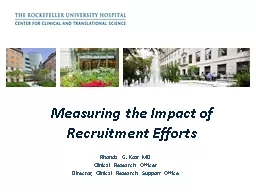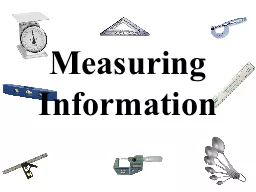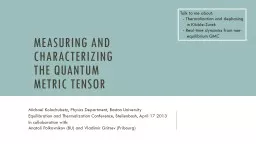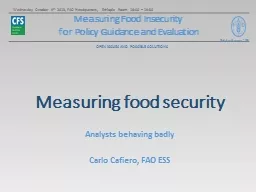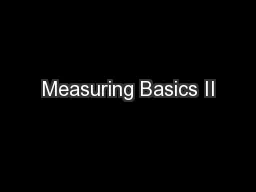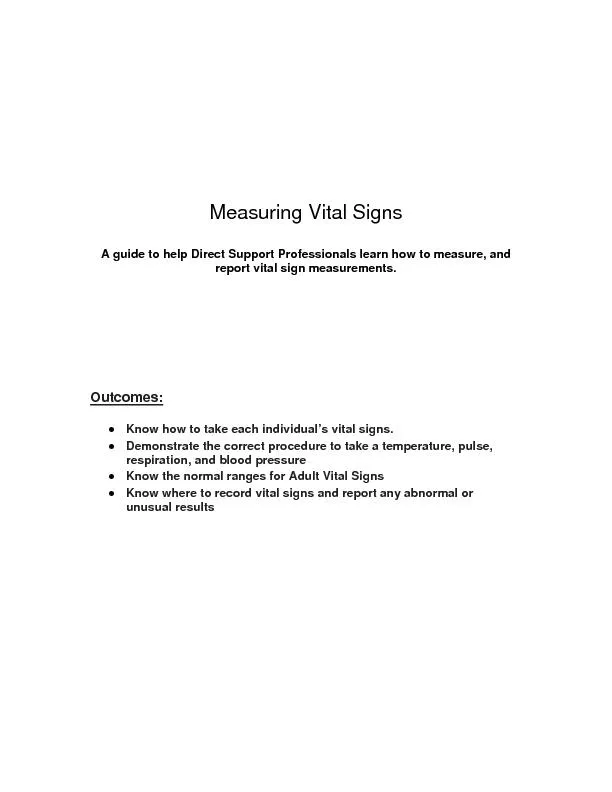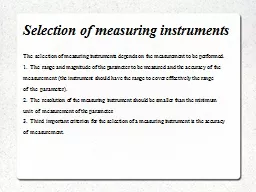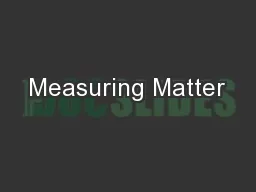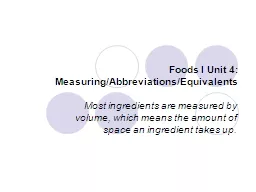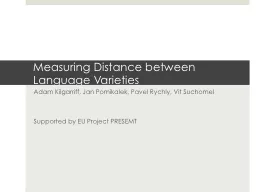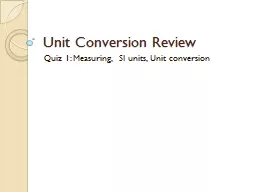PPT-Measuring the Impact of
Author : luanne-stotts | Published Date : 2017-10-06
Recruitment Efforts Rhonda G K ost MD Clinical Research Officer Director Clinical Research S upport Office Study Accrual Many clinical trials fail to accrue
Presentation Embed Code
Download Presentation
Download Presentation The PPT/PDF document "Measuring the Impact of" is the property of its rightful owner. Permission is granted to download and print the materials on this website for personal, non-commercial use only, and to display it on your personal computer provided you do not modify the materials and that you retain all copyright notices contained in the materials. By downloading content from our website, you accept the terms of this agreement.
Measuring the Impact of: Transcript
Download Rules Of Document
"Measuring the Impact of"The content belongs to its owner. You may download and print it for personal use, without modification, and keep all copyright notices. By downloading, you agree to these terms.
Related Documents

